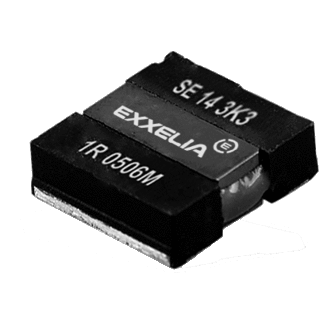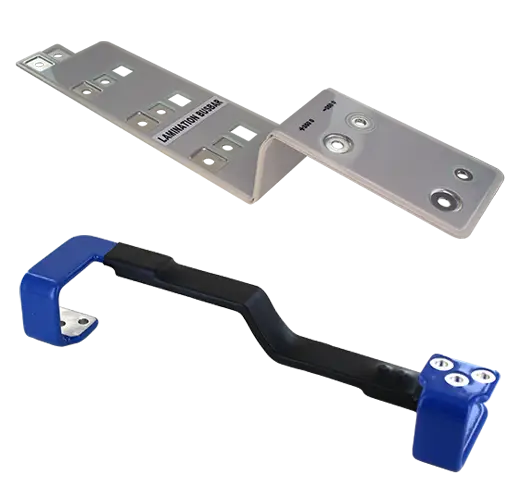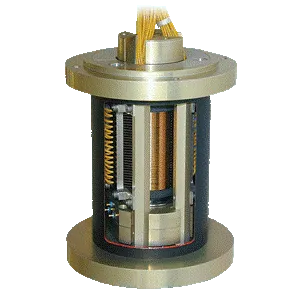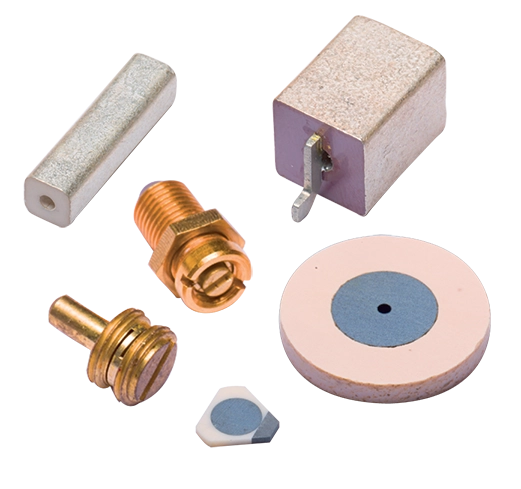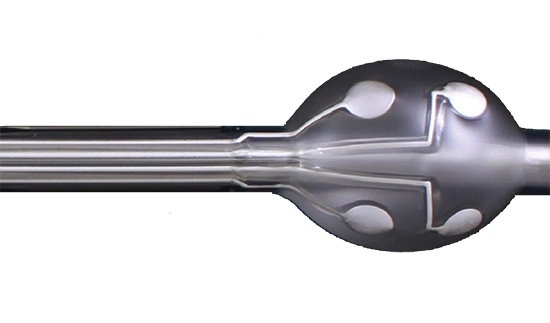

Exxelia Micropen boosts manufacturing capacity with a 20% expansion of its Honeoye Falls facility, catering to rising global demand for its technologies.
HONEOYE FALLS, N.Y., December 16, 2022—To accommodate current and future demand for its technologies, Exxelia Micropen has completed construction to expand its Honeoye Falls facility by more than 20 percent. The 9,000-square-foot addition includes 5,000 square feet of new cleanroom space, enabling the company to double the capacity of [...]
HONEOYE FALLS, N.Y., December 16, 2022—To accommodate current and future demand for its technologies, Exxelia Micropen has completed construction to expand its Honeoye Falls facility by more than 20 percent. The 9,000-square-foot addition includes 5,000 square feet of new cleanroom space, enabling the company to double the capacity of its manufacturing operations.
Exxelia Micropen utilizes its proprietary technology to “print” ultra-precise lines of conductive inks on three-dimensional and flexible surfaces, including advanced medical devices. The technology is also used to make high-performance resistors for a wide range of demanding applications in aerospace, imaging, and electronics. Since 2017, the company has experienced double-digit growth every year as demand for its innovative engineering, design, and manufacturing services has escalated.
“As we continue to develop new partnerships to meet the unique needs of customers across the globe, we outgrew our space,” said Ed Petrazzolo, CEO, Exxelia Micropen. “The expansion allows us to boost our production volumes while we continue to provide the innovative technologies and exceptional service and delivery times that our customers have come to rely on.”
Exxelia Micropen partnered with Hamilton Stern Construction and Hanlon Architects for the expansion, which began in the spring. In addition to the manufacturing space, the project includes a new lobby, employee breakroom, and more office space. Parking also grew to a total of 140 spaces.
“The expansion of Exxelia Micropen’s facility is a prime example of the success of our Design-Build service, which provides clients with a cohesive, one-stop-shop experience to save time and reduce costs,” said Justin Hamilton, Principal, Hamilton Stern. “Our close partnership with Hanlon Architects, Marathon Engineering, and Exxelia Micropen enabled this project to be completed in roughly 13 months—all while fully maintaining the facility’s production volumes. We are grateful for Exxelia Micropen’s trust in our firm to be part of their continued growth.”
“We are proud of what we have built in Honeoye Falls,” said Petrazzolo. “The talented employees we’re able to recruit from the Rochester area are critical to our success, and the expansion only reinforces our commitment to further develop our presence here. We look forward to a long, prosperous future as part of this community.”
# # #
About Exxelia
Exxelia is a leading global designer and manufacturer of high-performance passive components and subsystems. Exxelia’s wide products portfolio includes film, tantalum, ceramic and electrolytic capacitors, inductors, transformers, microwave components, position sensors, slip rings and high-precision mechanical parts. Recognized worldwide for its advanced design and technical expertise, Exxelia develops both “catalog” and “custom” products exclusively serving high-reliability markets such as aerospace, defense, medical, transportation, telecommunication infrastructure and advance industrial applications. Additional information can be found at https://exxelia.com.


